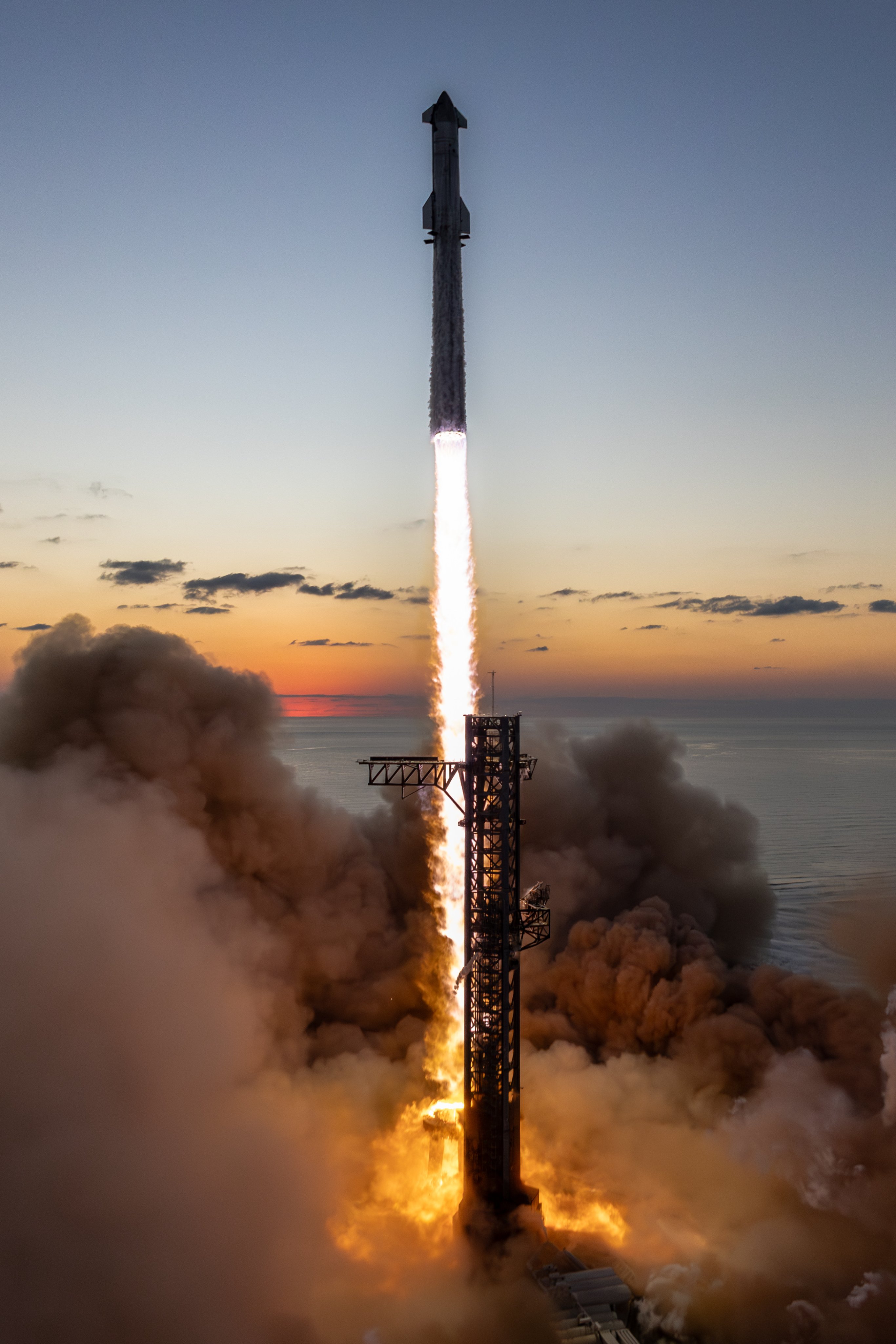How does SpaceX test Raptor engines under cryogenic conditions before integrating them into Starship?

Howdy, Rocket Fanatics! 🚀 Let's dive into the fascinating process of how SpaceX rigorously tests its Raptor engines under cryogenic conditions before they're integrated into the Starship. These engines are the heart of Starship, and their reliability is crucial for the success of deep-space missions.
The testing process is multi-faceted and meticulously designed to simulate the extreme conditions these engines will encounter during flight. One of the key aspects is the use of cryogenic propellants – liquid methane (CH4) and liquid oxygen (LOX) – which are supercooled to extremely low temperatures. Liquid oxygen is typically stored at around -183 degrees Celsius (-297 degrees Fahrenheit), while liquid methane is stored at approximately -162 degrees Celsius (-260 degrees Fahrenheit). 🥶
These extreme temperatures present unique challenges for engine components, and that's why testing under cryogenic conditions is essential. SpaceX conducts these tests at facilities like the Starbase in Boca Chica, Texas. The Raptor engines are mounted on specialized test stands equipped to deliver cryogenic propellants at precise flow rates and pressures. ⚙️
During a typical test, the engine is ignited and run through a series of simulated mission profiles. These profiles include varying thrust levels, durations, and even simulated emergency shutdowns. The goal is to push the engine to its limits and identify any potential weaknesses or failure points. 🔍 Sensors placed throughout the engine monitor a variety of parameters, including temperature, pressure, vibration, and exhaust composition. This data is crucial for assessing the engine's performance and identifying areas for improvement.
One of the critical parameters measured during these tests is the combustion chamber pressure. Raptor engines operate at extremely high chamber pressures, exceeding 300 bar (4,350 psi), which is among the highest of any operational rocket engine. 🔥 Maintaining stable combustion at these pressures is vital for achieving high efficiency and thrust.
Another important aspect of the testing is assessing the thermal behavior of the engine. Cryogenic propellants can cause materials to contract and become brittle. Engineers carefully monitor the engine's structural integrity during and after testing to ensure that no cracks or deformations occur. Furthermore, SpaceX performs multiple hot fire tests on individual Raptor engines, sometimes accumulating hundreds of seconds of burn time before an engine is deemed ready for flight integration. ⏱️ For instance, in early 2023, SpaceX conducted a test where a Raptor engine achieved over 1,000 seconds of total run time, demonstrating its durability.
By subjecting the Raptor engines to rigorous testing under cryogenic conditions, SpaceX ensures they can withstand the harsh realities of spaceflight, increasing the chances of a successful and safe journey to Mars and beyond. 🌠
#SpaceX #RaptorEngine #CryogenicTesting #Starship #SpaceExploration #RocketScience
image credit: SpaceX
Humanize